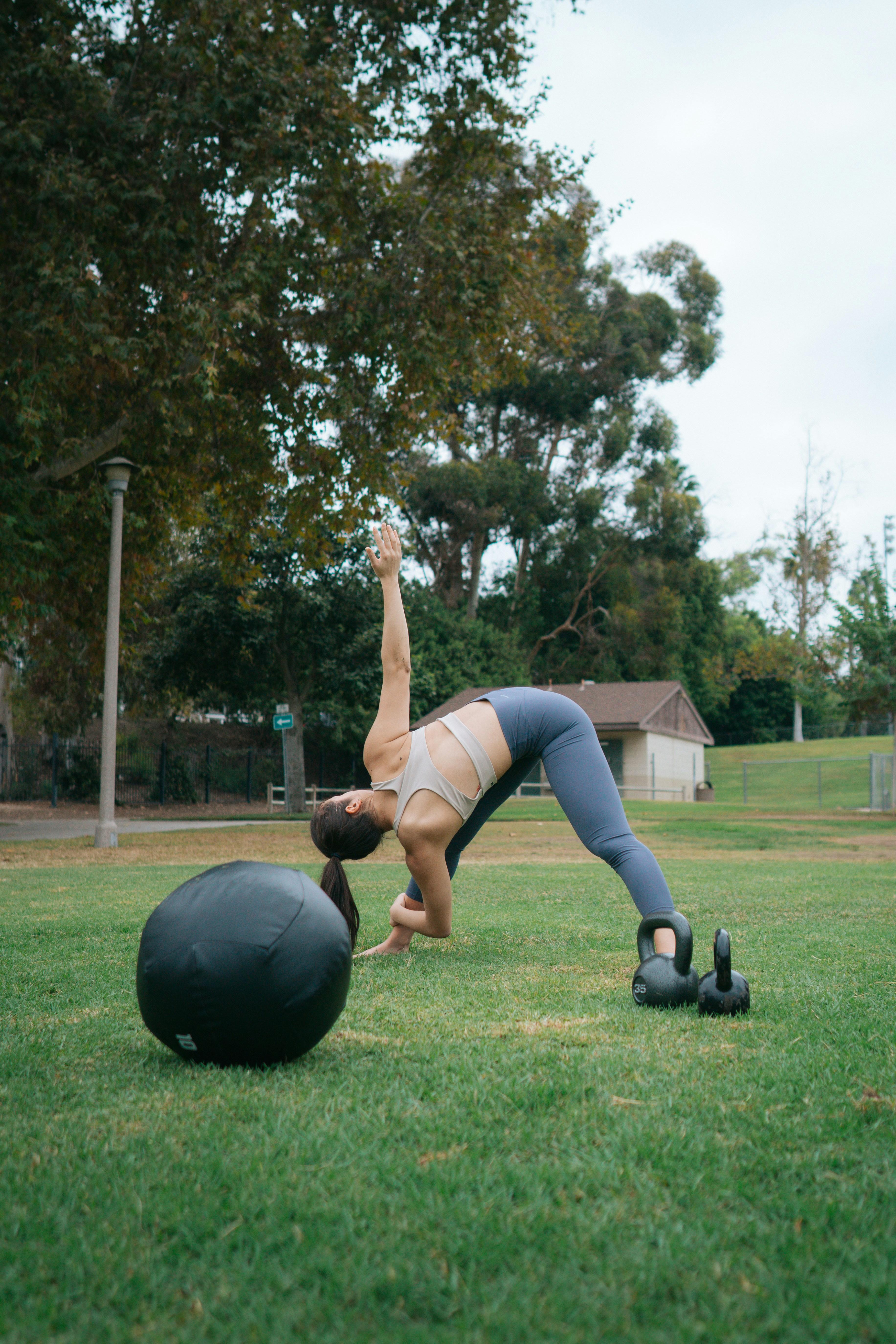In the intricate ballet of daily life, our bodies perform an extraordinary symphony of movements, often without us giving a second thought. Yet, beneath the surface of our seemingly effortless actions, muscles, tendons, and joints engage in a delicate dance that, if neglected, can lead to discord and injury. Enter the humble art of stretching—a practice as ancient as it is vital, and a key player in the prevention of overuse injuries. In this article, we delve into the significance of stretching, exploring how this simple, often overlooked activity can serve as a safeguard, maintaining the harmony of our bodies and allowing us to continue our life’s performance without interruption.
Unlocking Flexibility Understanding the Science Behind Stretching
When it comes to keeping our bodies agile and resilient, understanding the mechanics of stretching can be a game changer. At its core, stretching is not merely a preparatory ritual before physical activity but a scientifically-backed method to enhance muscle elasticity, improve joint range of motion, and ultimately reduce the risk of overuse injuries. Through consistent practice, stretching helps maintain the muscle’s length-tension relationship, ensuring muscles can withstand the repetitive demands of various physical activities.
Key Benefits of Stretching:
- Increased Flexibility: Regular stretching increases flexibility, making muscles more pliable and adaptable to the stresses of movement.
- Improved Circulation: Stretching boosts blood flow to the muscles, delivering essential nutrients and removing metabolic waste products.
- Enhanced Neuromuscular Coordination: It aids in refining communication between the brain and muscles, promoting better balance and coordination.
Understanding the science behind stretching empowers individuals to incorporate it effectively into their routines, ensuring a balanced approach to physical health and injury prevention.

From Warm-up to Cool Down Integrating Stretching into Your Routine
Stretching plays a pivotal role in safeguarding your body from the pitfalls of overuse injuries. By seamlessly integrating stretches from the beginning to the end of your workout, you set a strong foundation for a more resilient and flexible body. Warming up with dynamic stretches prepares your muscles for the intensity of exercise, gradually increasing your heart rate and enhancing blood flow. This practice not only primes your muscles but also awakens your nervous system, making it ready to respond to the physical demands ahead.
As you transition to the cool down, incorporating static stretches helps to relax and lengthen your muscles, aiding in recovery and reducing the risk of stiffness. Here are some benefits of adding stretching to your routine:
- Increases flexibility and range of motion
- Improves posture and alignment
- Enhances circulation and nutrient delivery to muscles
- Reduces muscle tension and stress
- Decreases the likelihood of injury by preparing the body for physical activity
Remember, consistency is key. By making stretching a habitual part of your workout, you not only protect yourself from overuse injuries but also pave the way for improved overall performance and well-being.

Targeted Techniques Exploring Different Stretching Methods for Injury Prevention
In the realm of injury prevention, adopting a tailored approach to stretching can make a significant difference. Dynamic stretching is an excellent method to incorporate before engaging in physical activity. It involves controlled movements that prepare the muscles for the exertion to come, enhancing blood flow and increasing muscle temperature. Examples include leg swings, arm circles, and walking lunges, all designed to mimic the movements of your sport or activity.
Post-activity, static stretching is often recommended to maintain flexibility and aid in recovery. This technique involves holding a stretch for a prolonged period, typically 15 to 60 seconds, allowing muscles to relax and lengthen. Key stretches might include:
- Hamstring stretch
- Quadriceps stretch
- Shoulder stretch
- Calf stretch
Another innovative approach is proprioceptive neuromuscular facilitation (PNF), which combines stretching and contracting of the muscle group. PNF is typically performed with a partner and can be a powerful tool for increasing flexibility and strength. By strategically integrating these methods into your routine, you can build a comprehensive stretching regimen that not only enhances performance but also fortifies the body against the rigors of repetitive motion.

Beyond the Basics Expert Tips for Effective and Safe Stretching Practices
To elevate your stretching routine beyond the basics, it’s crucial to focus on precision and mindfulness. Start by paying attention to your body’s signals; discomfort is a sign to adjust, not to push harder. Implementing dynamic stretches before your workout can effectively warm up muscles, increasing blood flow and reducing stiffness. Consistency is key—regular practice helps improve flexibility over time, making your body more resilient against overuse injuries.
- Breathing: Use deep, controlled breaths to enhance relaxation and improve oxygen flow to muscles.
- Mindful Movement: Engage in movements that target specific muscle groups, ensuring a balanced routine.
- Post-Workout Static Stretches: Hold stretches for 15-30 seconds to aid recovery and muscle elongation.
- Gradual Progression: Gradually increase intensity and duration to prevent strain and promote adaptation.
Remember, the goal is not to achieve extreme flexibility but to maintain a healthy range of motion that supports your overall physical activity. By incorporating these expert tips, you can stretch safely and effectively, making it an integral part of your injury prevention strategy.
